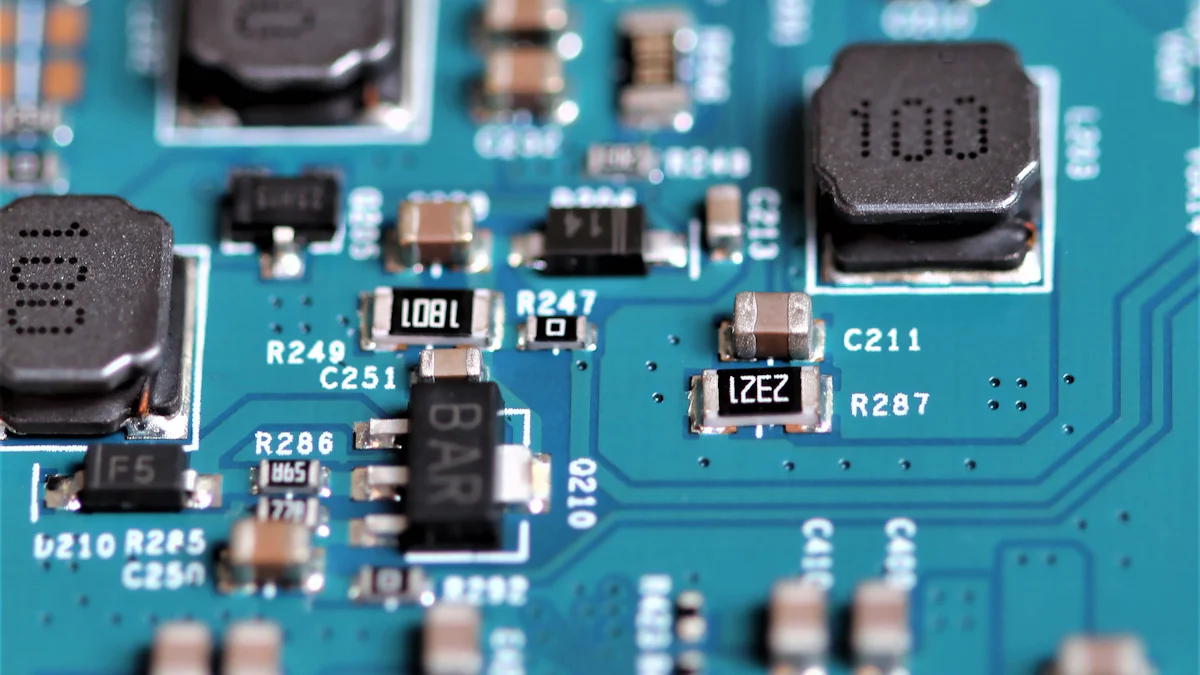
I’ve just upgraded your PC with a new SSD and cloned my hard drive, expecting a seamless transition. But now, the cloned SSD won’t boot, i was so frustrated and unsure of the next steps.
A cloned hard drive won’t boot for several reasons. It could be that the target disk isn’t set as the boot device, or there might be issues with the file system. Sometimes, the boot partition might be smaller than the original, or the System Reserved partition is missing. Resolving these problems is crucial for your system’s functionality. Don’t worry! In this guide, we’ll explore practical tips to make your cloned drive bootable and get your system back up and running smoothly. Let’s dive in!
Why Your Cloned SSD Won’t Boot
When your cloned SSD won’t boot, it can feel like you’re stuck in a tech nightmare. But don’t worry, understanding the common causes can help you troubleshoot and fix the issue.
Incorrect BIOS/UEFI Settings
Your computer’s BIOS or UEFI settings play a crucial role in booting from the correct drive. If these settings are incorrect, your system might not recognize the cloned SSD as the primary boot device. You need to access the BIOS/UEFI menu and ensure that the cloned SSD is set as the first boot option. This simple check can often resolve boot issues.
Mismatched Partition Styles
Partition styles, such as MBR (Master Boot Record) and GPT (GUID Partition Table), must match between the source and target drives. If they don’t, your system may fail to boot. You can use disk management tools to check and convert partition styles if necessary. Ensuring compatibility between the partition styles of your drives is essential for a successful boot.
Missing Boot Configuration Data
Boot Configuration Data (BCD) is vital for your system to start correctly. If this data is missing or corrupted, your cloned SSD won’t boot. You can repair BCD using tools like Windows Recovery Environment or Command Prompt solutions. Rebuilding the BCD can often restore your system’s ability to boot from the cloned drive.
How to Fix Cloned Hard Drive Won’t Boot
When your cloned hard drive won’t boot, it can be a real headache. But don’t worry! Here are some methods to help you make that cloned drive bootable again.
Method 1. Clone to a New Disk and Make Cloned Disk Bootable
Sometimes, starting fresh is the best approach.
Part 1. Clone Your Disk
When your cloned SSD won’t boot, Wittytool DiskClone can be your go-to solution. This powerful tool simplifies the process of making your cloned drive bootable. With this software, you can clone your entire hard drive, including the operating system, applications, and personal files, for example, clone your USB drive. This feature is perfect for those looking to replace their hard drive without the hassle of reinstalling everything. At the meantime, the software can clone drives even if they have bad sectors, ensuring that your data is securely backed up and transferred. This capability is crucial for maintaining data integrity during the cloning process.
Ready to make your cloned drive bootable? Follow this step-by-step guide to use Wittytool DiskClone effectively.
Step 1: Choose Disk Clone Mode
Click on the left panel to access the clone page, then select the disk clone mode.
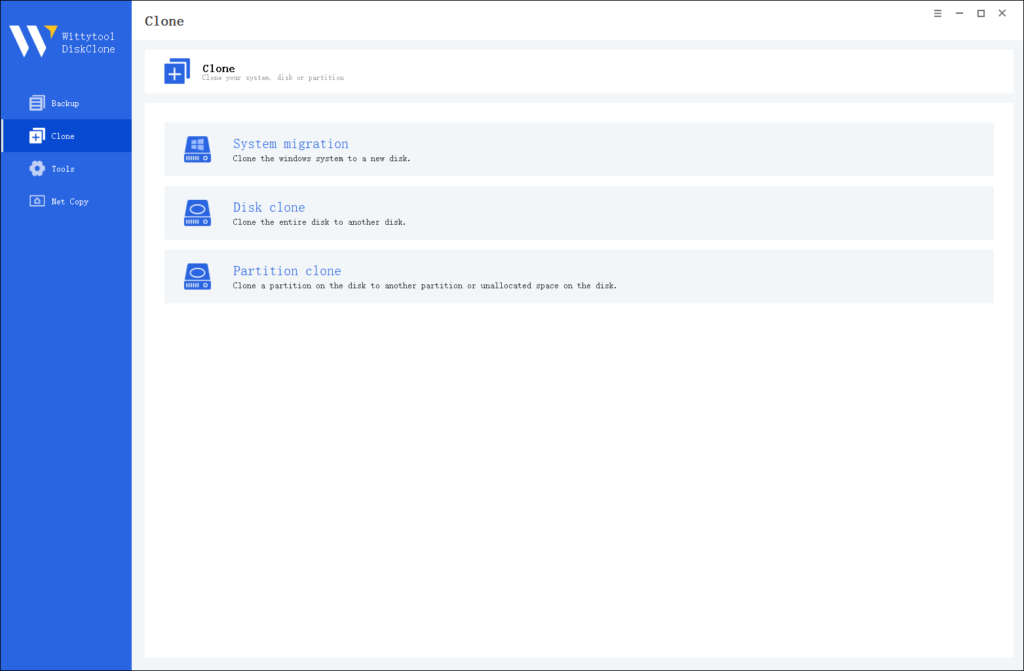
Note:
During usage, choose the corresponding mode according to your needs. You can read this article about system clone vs system migration to understand the differences in different usage scenarios.
Step 2: Choose Source Disk
Pick the disk from the list view. The layout of the selected disk will be displayed at the top of the list view.
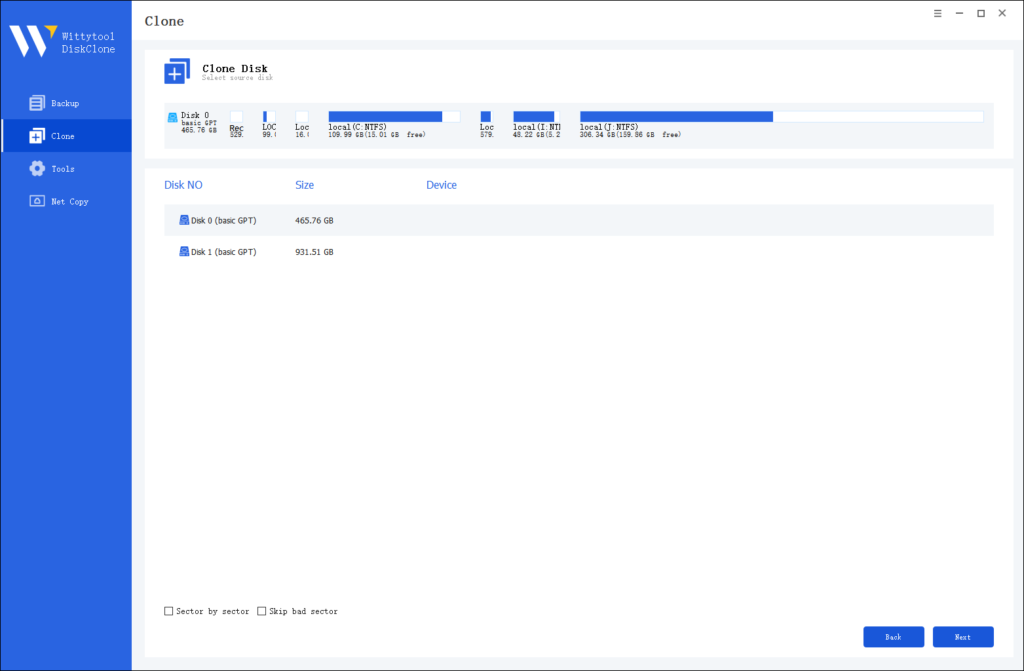
Note:
*Sector by Sector: This option should be selected if the source disk has bad sectors or if the file system on the disk is damaged. It ensures that all sectors on the source disk are cloned.
*Skip Bad Sectors: If the source disk has bad sectors, select this option. Wittytool DiskClone will ignore the bad sectors and clone only the undamaged ones. This method is suitable for older disks that may have bad sectors.
Step 3: Choose Destination Disk
Select the target disk.
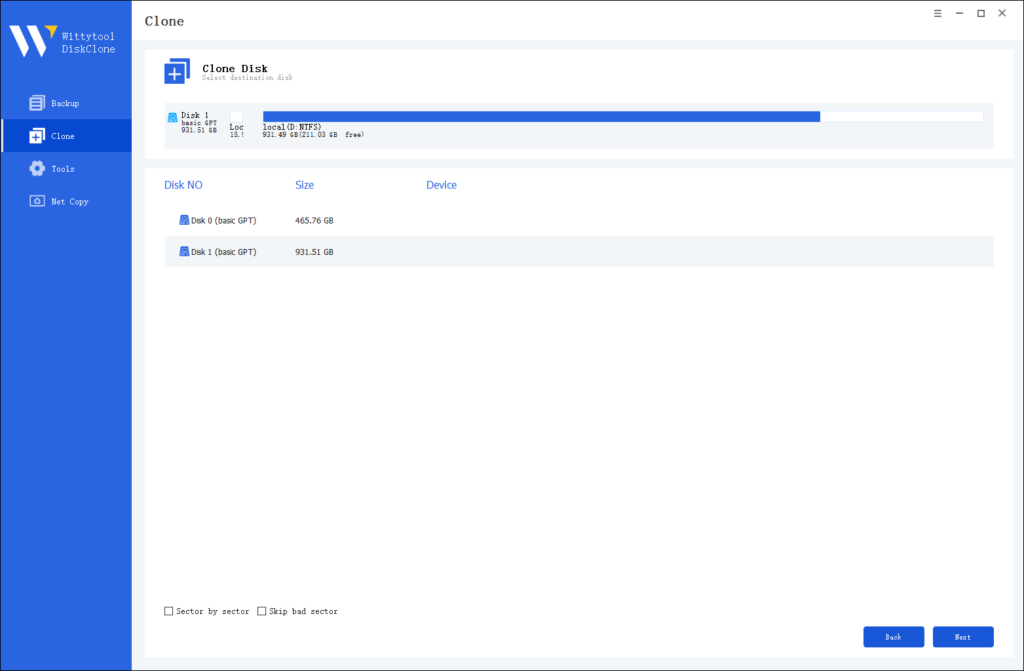
Step 4: Resize Partition and Start Cloning
You can resize the partition on the target disk if needed. Click the “Start Clone” button to begin the cloning process.

Part 2. Make Cloned Disk Bootable
Once cloning is complete, restart your computer and access the BIOS/UEFI settings:
*Restart PC & press F2, F12, or Del to enter BIOS.
*Set boot priority to the new cloned disk in Boot section.
*Save changes, exit BIOS, & restart PC.
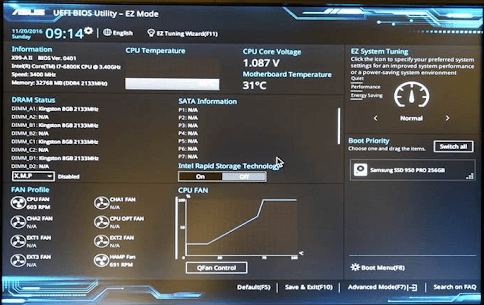
Method 2. Convert Disk to MBR/GPT and Redo Disk Cloning
Partition styles can cause boot problems if mismatched.
Part 1. Check The Partition Style of Both Source and Target Disks
Use disk management tools to verify the partition styles. Ensure both disks use the same style, either MBR or GPT. This compatibility is crucial for boot success.
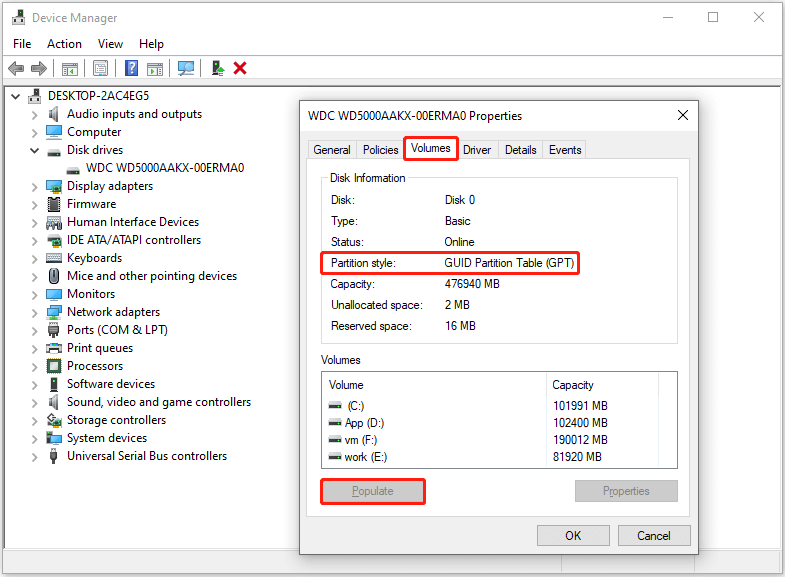
Part 2. Convert the New Disk to MBR or GPT
If needed, convert the target disk to match the source. Tools like Disk Management can assist with this conversion. Once converted, restart the cloning process with Method 1 to ensure everything aligns.
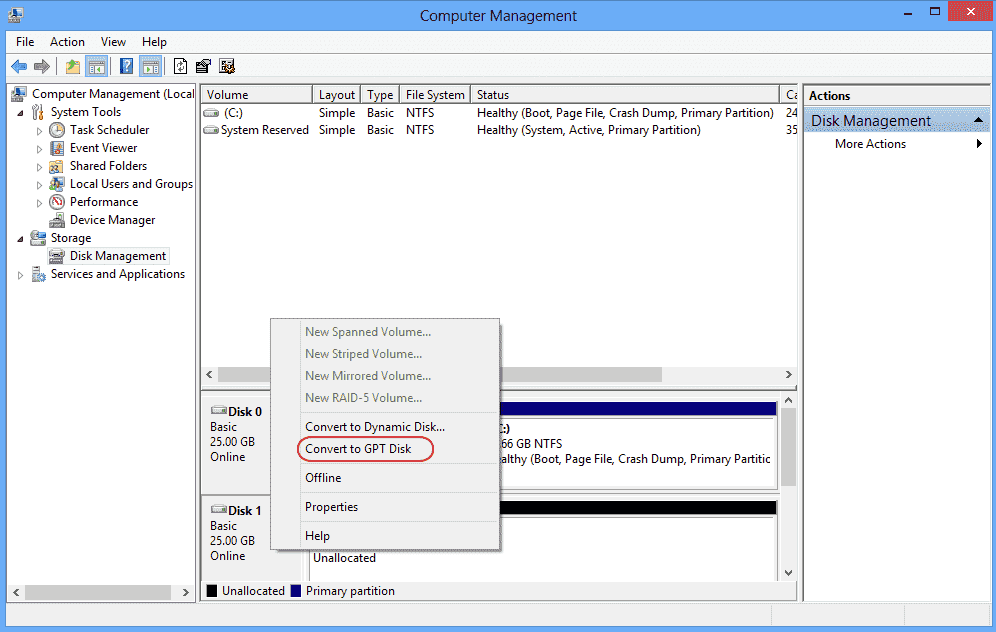
Method 3. Repair Boot Configuration Data
Boot Configuration Data (BCD) is vital for your system to start correctly. If this data is missing or corrupted, your cloned SSD won’t boot.
Using Windows Recovery Environment
To repair BCD, boot into the Windows Recovery Environment. Select “Troubleshoot,” then “Advanced options,” and choose “Command Prompt.” This environment allows you to execute commands to rebuild the BCD.
Command Prompt Solutions
In the Command Prompt, type the following commands:
bootrec /fixmbrbootrec /fixbootbootrec /rebuildbcd
These commands repair the BCD, helping your system recognize and boot from the cloned SSD.
Method 4. Create and Use Bootable Media
When your cloned SSD won’t boot, creating bootable media can be a lifesaver. This process helps you troubleshoot and fix boot issues effectively.
Tools for Creating Bootable Media
You need the right tools to create bootable media.
- Wittytool DiskClone: A free tool that creates bootable USB drives. It’s user-friendly and supports various file systems.
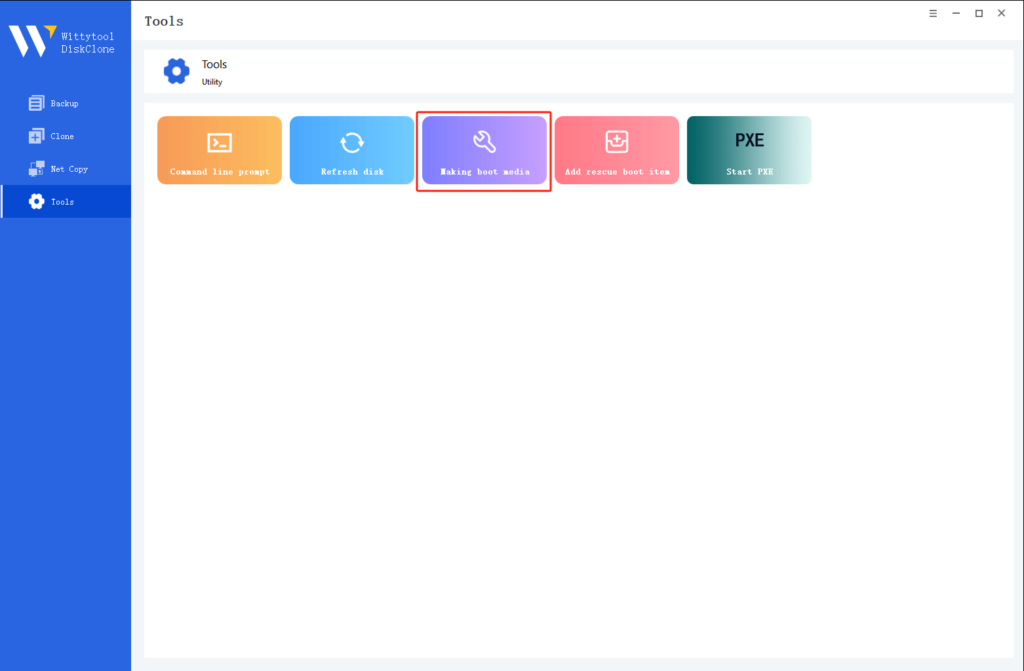
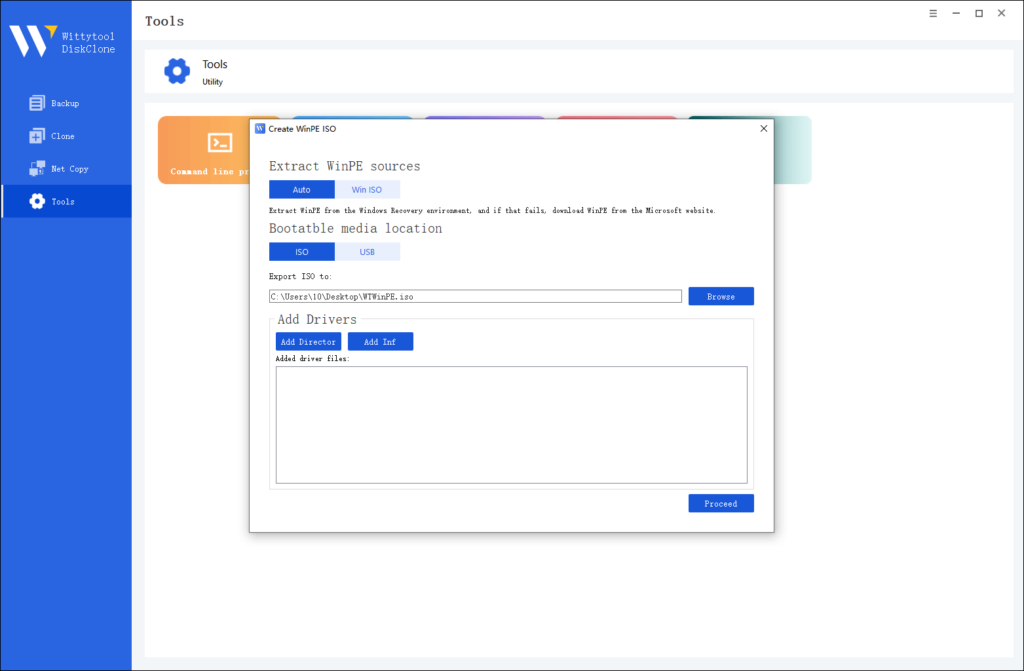
- Windows Media Creation Tool: Ideal for Windows users. It helps create installation media for Windows 10 or 11.
These tools simplify the process, allowing you to focus on resolving the issue of a cloned hard drive that won’t boot.
Booting from External Media
Once you’ve created your bootable media, it’s time to use it. Here’s how:
- Insert the Bootable Media: Connect your USB drive or DVD to the computer.
- Access BIOS/UEFI: Restart your computer. Press the designated key (like F2, F10, or Delete) to enter the BIOS/UEFI menu. This interface, known as the Unified Extensible Firmware Interface (UEFI), offers more flexibility than traditional BIOS.
- Change Boot Order: Navigate to the boot order settings. Set your USB drive or DVD as the first boot option. This step ensures your system boots from the external media.
- Save and Exit: Save your changes and exit the BIOS/UEFI menu. Your computer will restart and boot from the external media.
- Follow On-Screen Instructions: Once booted, follow the instructions to repair or reinstall your operating system. This process can help make your cloned drive bootable again.
FAQs on Cloned SSD Bootable Issue
1. How do I make my hard drive bootable after cloning?
To make your hard drive bootable after cloning, follow these steps:
- Check BIOS/UEFI Settings: Ensure your cloned drive is set as the primary boot device. Access the BIOS/UEFI menu during startup and adjust the boot order.
- Repair Boot Configuration Data (BCD): Use the Windows Recovery Environment to fix BCD issues. Open Command Prompt and run commands like
bootrec /fixmbr,bootrec /fixboot, andbootrec /rebuildbcd. - Use Bootable Clone Software: Tools like Wittytool DiskClone can help create a bootable clone. This software simplifies the process, ensuring your system boots smoothly.
2. Why won’t my PC boot from a cloned SSD?
Your PC might not boot from a cloned SSD due to:
- Incorrect Partition Style: Ensure both source and target drives use the same partition style (MBR or GPT). Use disk management tools to verify and convert if needed.
- Missing Drivers: Run the Deployment Imaging Service and Management Tool (DISM) to install necessary drivers. This step updates your system and resolves boot issues.
- BIOS/UEFI Misconfiguration: Double-check that the cloned SSD is prioritized in the boot order settings.
3. Can cloning damage hard drive?
Cloning itself doesn’t damage a hard drive. However, using unreliable software or incorrect settings might lead to data loss. Always:
- Choose Reliable Software: Use trusted tools like Wittytool DiskClone. These ensure safe and efficient cloning.
- Backup Important Data: Before cloning, back up essential files to prevent accidental loss.
- Verify Cloned Data: After cloning, check the cloned drive for errors or missing files to ensure everything transferred correctly.
By following these guidelines, you can confidently tackle issues related to cloned SSDs and ensure your system runs smoothly.
Preventing Future Boot Issues
When dealing with a cloned SSD that won’t boot, you might feel frustrated. But don’t worry! By following some best practices and maintaining your system regularly, you can prevent these issues in the future.
Choosing the Right Cloning Software
Selecting reliable cloning software is crucial. You want a tool that offers a seamless experience and ensures data integrity. Wittytool DiskClone is a great choice. It provides features like disk cloning and OS migration, making it easy to transfer data from one sd card to another without hassle. Always check reviews and user feedback before deciding on software. This step helps you avoid potential pitfalls.
Verifying Cloned Data
After cloning, verify the data on your new drive. Ensure all files and applications are intact. You can use disk management tools to check for errors or missing files. This verification process confirms that the clone was successful and prevents future boot issues. Remember, a little diligence now saves a lot of trouble later.
Conclusion
You’ve learned how to tackle the frustrating issue when a cloned SSD won’t boot. By checking BIOS/UEFI settings, ensuring correct partition styles, and repairing Boot Configuration Data, you can make a cloned drive bootable. Remember, using reliable tools like Wittytool DiskClone simplifies this process. To maintain a healthy system, regularly verify cloned data and schedule maintenance tasks. These steps prevent future headaches when a cloned hard drive won’t boot. Implement these preventive measures to keep your system running smoothly and efficiently.

